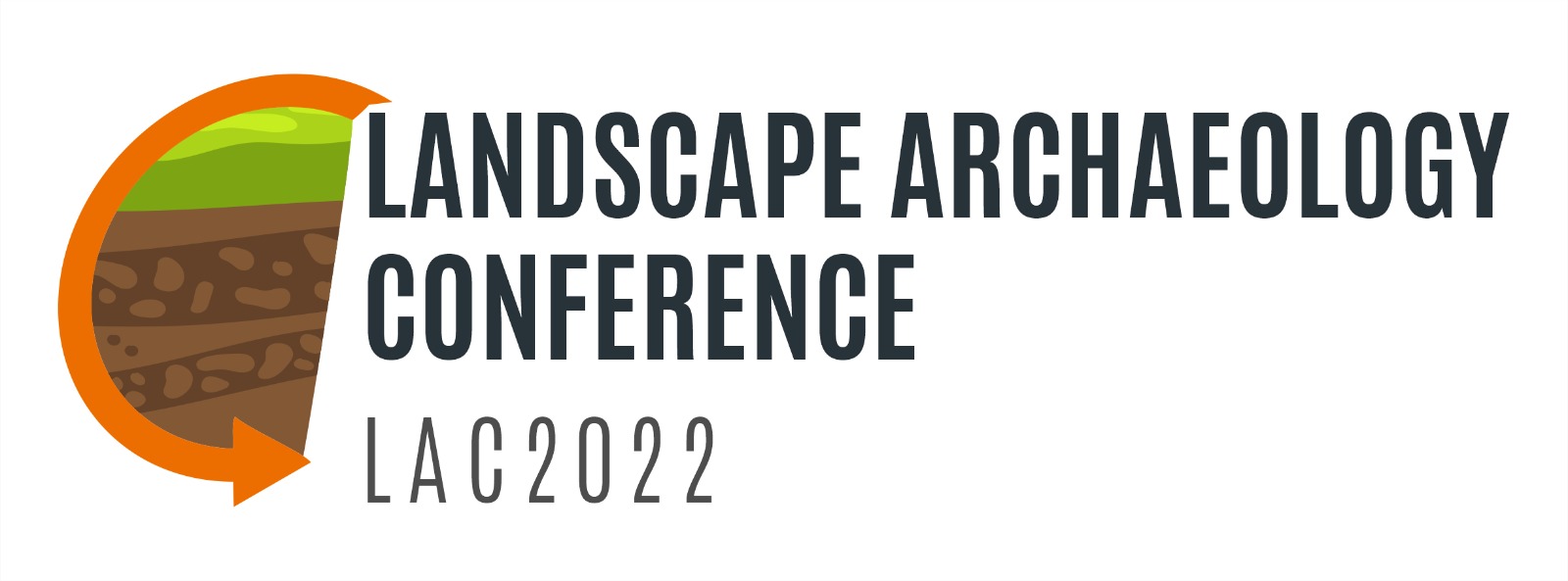Was the Anthropocene anticipated by the Long Walls zone?
Main Article Content
Abstract
We argue that the Anthropocene has been anticipated even in distant historic times, if not earlier. More than a geological era, the Anthropocene as a philosophical concept, may include giga-scale structures which have changed the way the Earth’s crust was configurated, perceived and experienced. The research and observation of the becoming of such archaeological structures in time, is a way to take advantage of the depth of time that has flowed since their creation. The case study focuses on a characteristic example of classic Antiquity, the parallel Long Walls between Athens and Piraeus. When looking at paleo-geographical maps depicting what we acknowledge today as the Piraeus peninsula, we find that Piraeus used to be an island [6800-5400 cal y B.P.]. During classic antiquity, before the Northern Long Wall was constructed, [2450 cal y B.P. alias 5th c. BCE] Piraeus was again almost an island, cut away from the Attica land by a marsh, namely Halipedon. Halipedon was an area heavily modified during the Northern Long Wall’s construction, as testified by Plutarch who refers to the expensive, time-consuming task of creating these foundations by the use of huge quantities of gravel and massive stone-blocks


